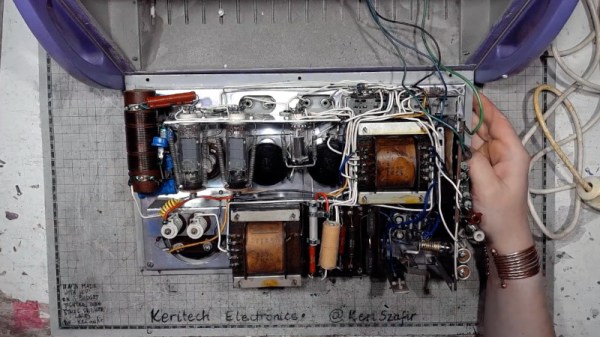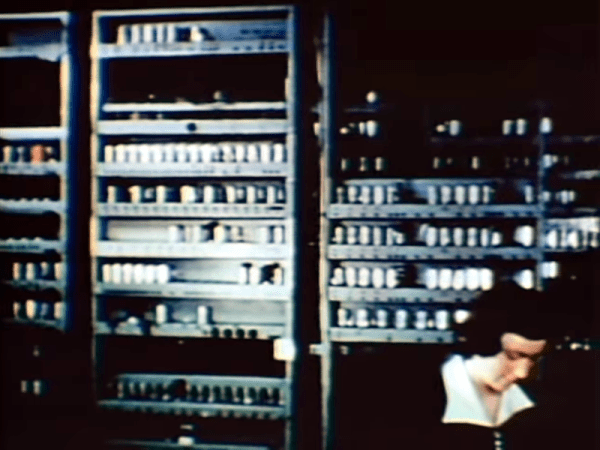MIT student [Anhad Sawhney] built an interesting decoration for his dorm room corridor called The Eyes of the Basilisk. Named after the mythical creature with a deadly gaze, the project monitors passers-by using thermal cameras and an LED matrix.
The project uses a thermal camera and a 64 by 64 LCD panel, with an ESP32 taking the signal from the thermal camera and processing it to find the largest hot blob in the image, which is (probably) a person. The ESP32 then displays the pixel art basilisk eye image with the iris closest to the blob’s coordinates, updating once a second. With a bit of processing to make the eye appear more spherical, it is a pretty convincing trick.
Most might have built one (or two) of the devices on a breadboard and left it at that, but [Anhad] decided to use the project as a way to teach PCB fabrication to some friends, so they created a PCB that could be mounted onto the back of the LCD matrix and built 14 of them, using the pick & place machine that he had access to at the MIT Media Lab. They then mounted all of them on the wall of his dorm room so the wall appeared to keep track of anyone walking by. I’ve never met a Basilisk, so I don’t know how many eyes they have, but it has a pretty creepy look as it watches you walking down the corridor.
Continue reading “The Eyes Of The Basilisk Are Watching You”


















